The South Pacific is a frontier in sustainable tourism, where ancient traditions meet modern conservation practices. As climate change threatens these island paradises, many local communities have taken innovative approaches to preserve their natural heritage while sharing their culture with visitors.
These 15 islands showcase how responsible tourism can benefit both travelers and local communities while protecting precious ecosystems for future generations.
Tetiaroa, French Polynesia
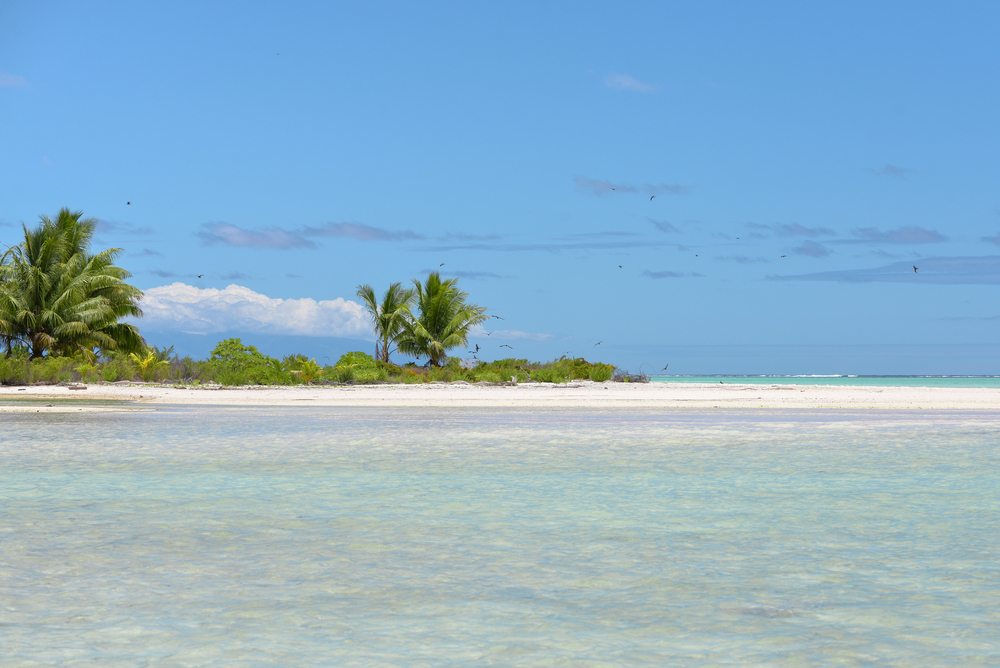
The late Marlon Brando’s dream of sustainable luxury, Tetiaroa, is an original model of eco-tourism in the South Pacific. The island’s ultra-luxury resort runs on 100% renewable energy and utilizes an innovative seawater air-conditioning system to reduce its carbon footprint.
The marine sanctuary surrounding it managed in partnership with local Polynesian communities, supports important research into coral reef conservation and traditional fishing methods.
Savai’i, Samoa
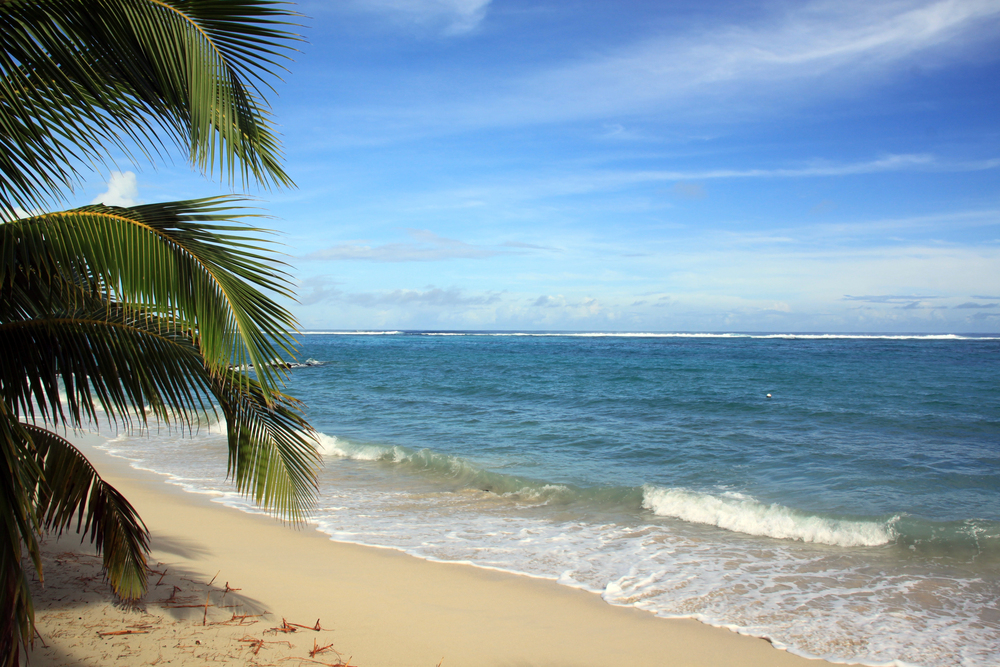
The largest island in Samoa stresses community-based tourism through its network of traditional beach ‘fales’ (bungalows) run by local families. The ‘Su’a Trench’ rainforest conservation area on the island combines ancient land management practices with modern sustainability techniques.
Visitors can help with traditional farming methods and learn about fa’a Samoa (the Samoan way) while supporting local conservation efforts.
Like Travel Pug’s content? Follow us on MSN.
Aitutaki, Cook Islands
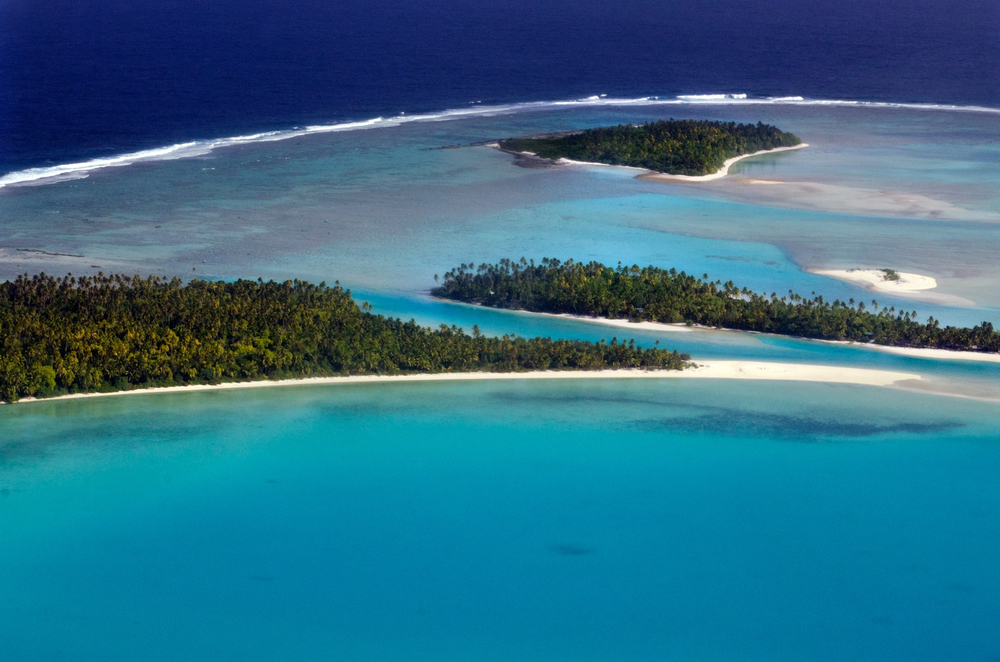
This lagoon heaven has taken very strict measures to protect its crystal waters and marine life. Local operators respect traditional conservation practices, known as ‘ra’ui,’ which are temporary fishing bans that allow marine populations to regenerate naturally.
Eco-lodges on the island use solar power and rainwater collection while working with local communities to preserve traditional ways of fishing.
Taveuni, Fiji
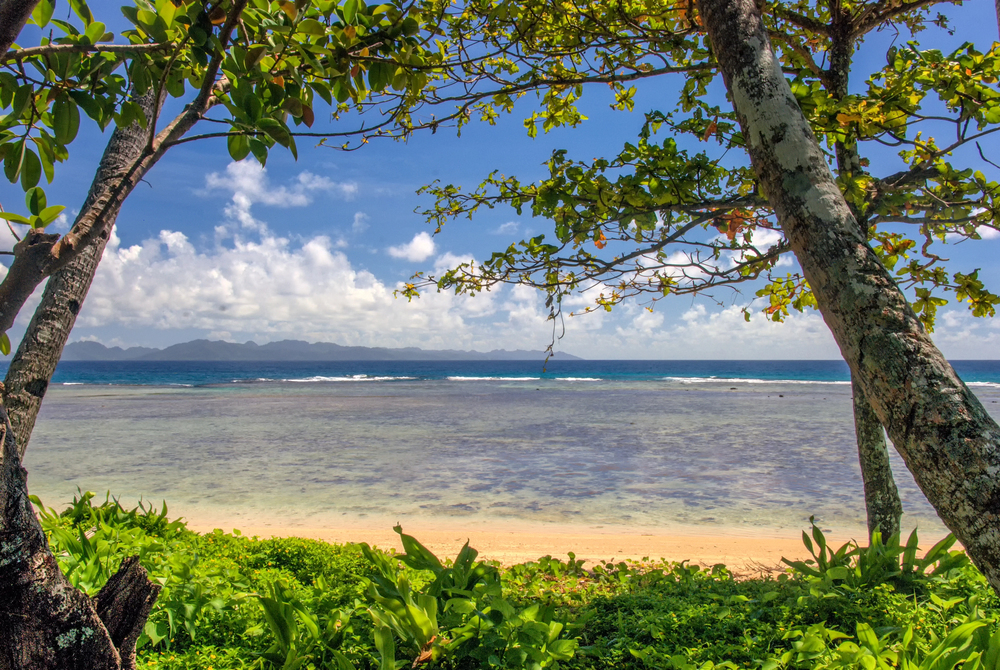
Known as the ‘Garden Island,’ Taveuni maintains strict organic farming practices across its volcanic landscape. The island has an innovative ‘ridge-to-reef’ conservation program that links mountain forest preservation to coral reef protection.
Community-run eco-lodges immerse visitors in traditional Fijian sustainable living while supporting local conservation programs.
Lord Howe Island, Australia
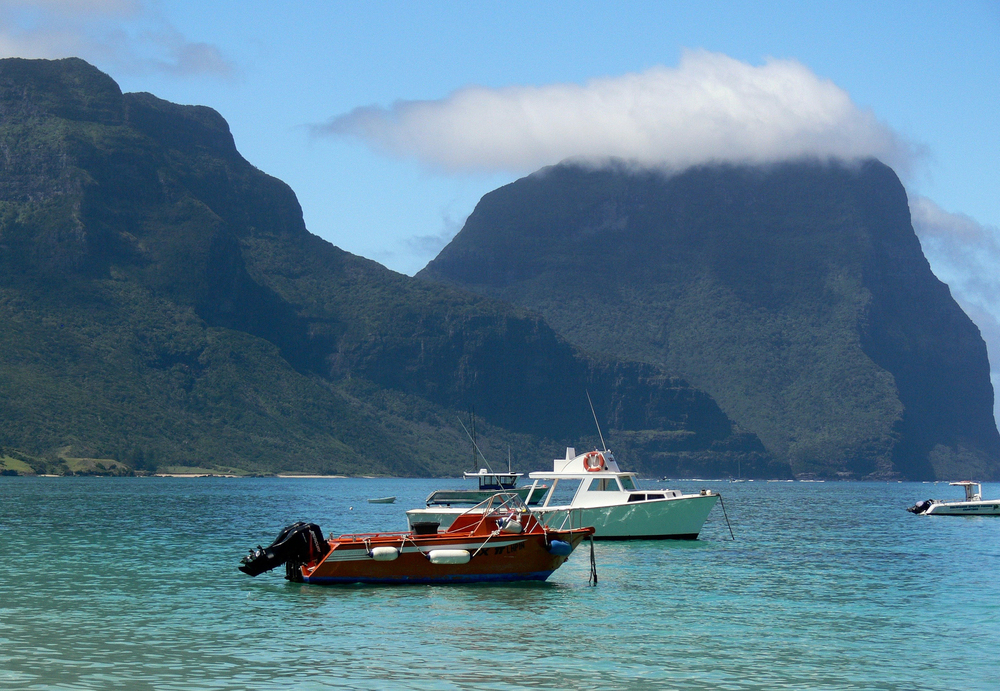
This UNESCO World Heritage site limits visitor numbers to 400 at any time in its efforts to protect this very unique ecosystem. An island that has successfully cleared the invasive species has now become a model for other Pacific islands.
The local guides take guests on small-group nature walks through the pristine forest while sharing their deep knowledge of the island’s endemic species.
Like Travel Pug’s content? Follow us on MSN.
Kapingamarangi Atoll, Micronesia
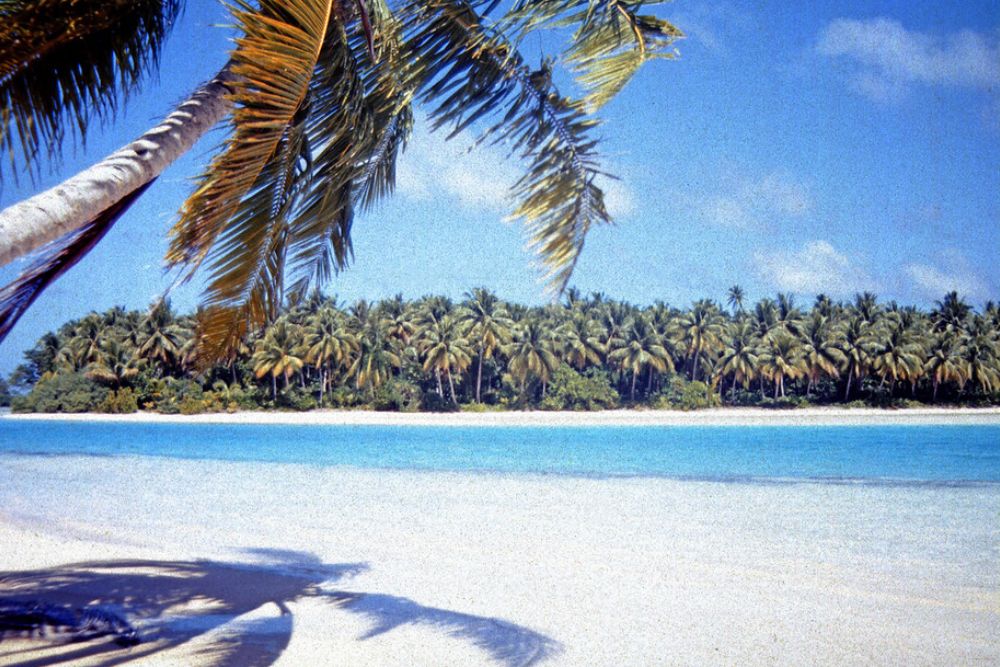
This remote atoll epitomizes how traditional resource management can support modern conservation goals. The local community enforces strict fishing quotas based on practices passed down for millennia.
Visitors learn about ancient navigation techniques and take part in sustainable fishing practices while staying in family-run guesthouses.
Tikehau, French Polynesia
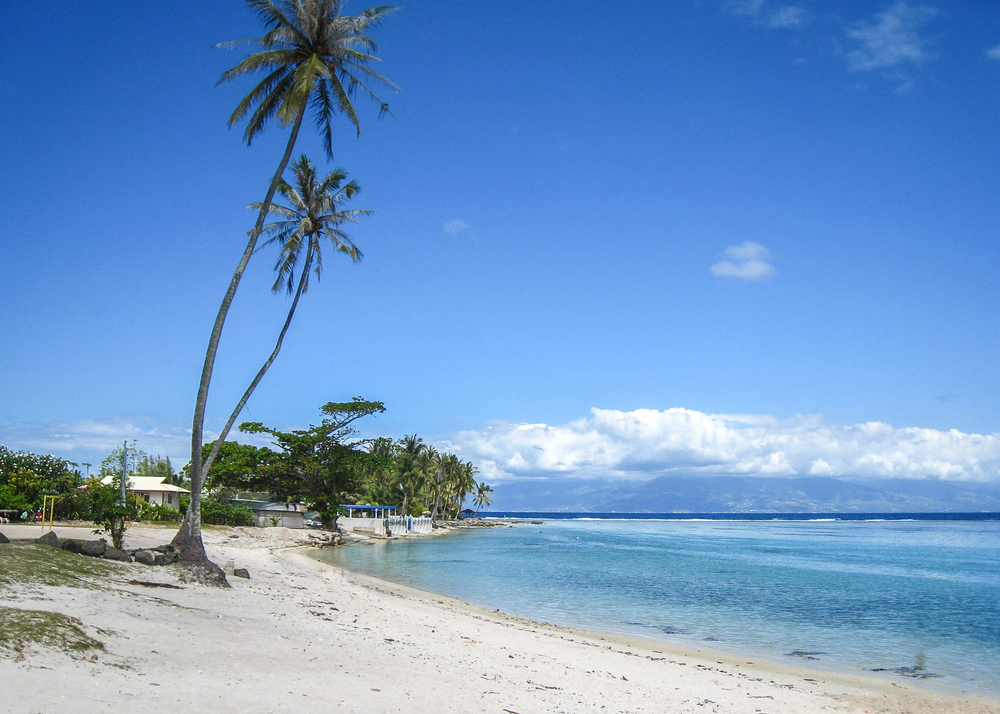
This pink-sand atoll has been a pioneer in sustainable aquaculture, supplementing traditional fishing with resource-enhancing practices. Its marine research station engages tourists in coral restoration and fish population studies.
Small pensions run by local families are powered by solar energy and built with traditional materials, offering Polynesian experiences.
Kosrae, Micronesia
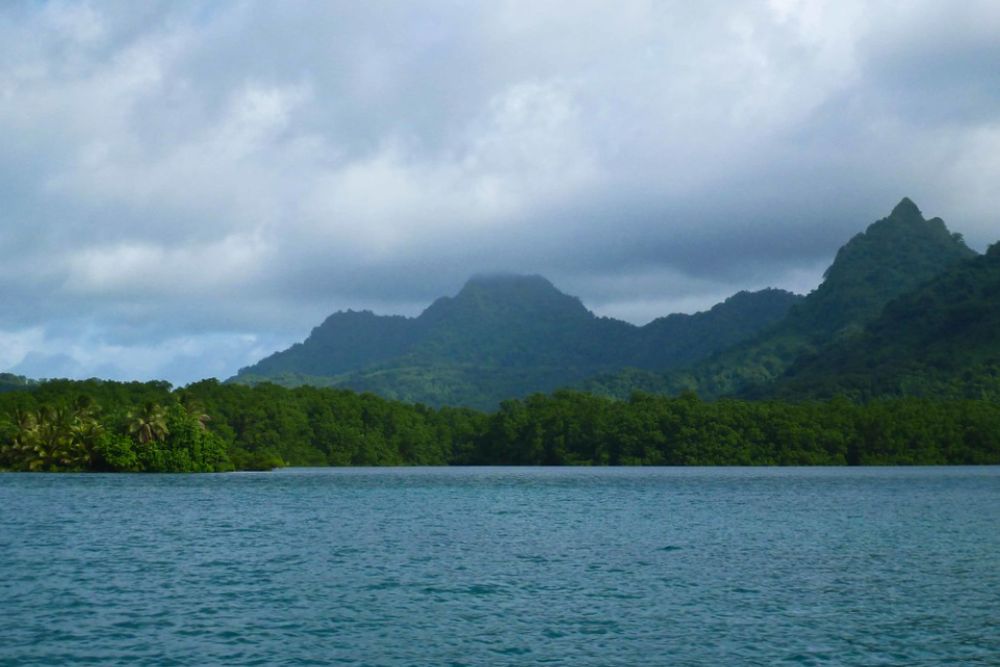
With its ancient ruins and virgin reefs, Kosrae has forged a different type of tourism – the sustainable kind. A mangrove conservation program on the island has married traditional knowledge with scientific research to protect its coastline.
The guides who offer tours of the historic Lelu ruins do so by recounting ancient Kosraean sustainable practices.
Like Travel Pug’s content? Follow us on MSN.
Rarotonga, Cook Islands
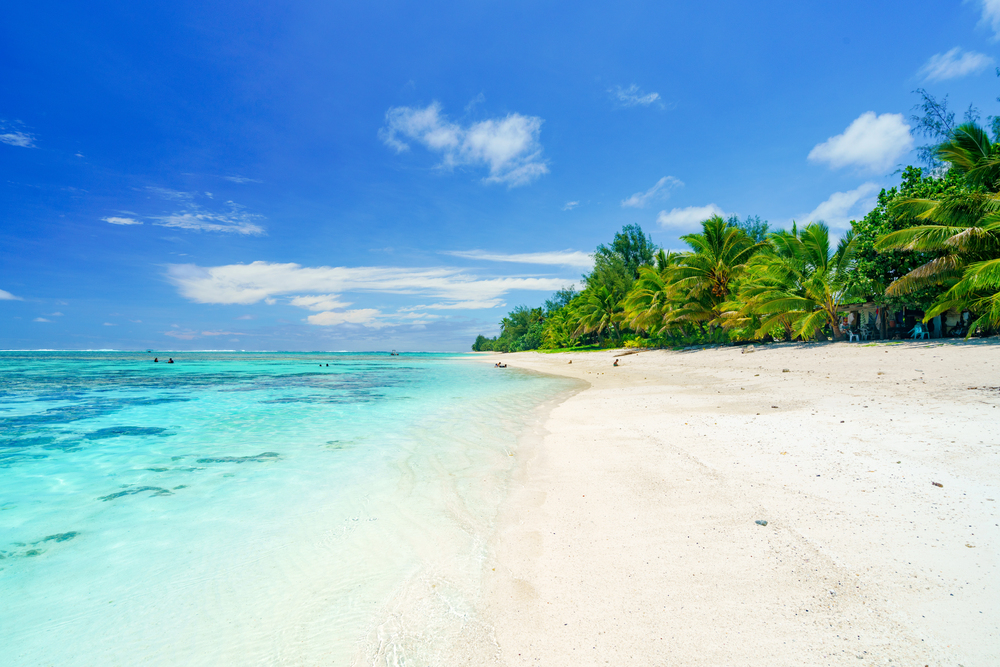
The main island of the Cook Islands has become a hotbed for how tourism can sustainably benefit local communities. Community-based conservation project ‘Te Ipukarea Society’ is one such society that is leading these projects that involve both visitors and locals.
Local marae or meeting grounds double as education centers to educate tourists on indigenous conservation methods.
Vanua Levu, Fiji
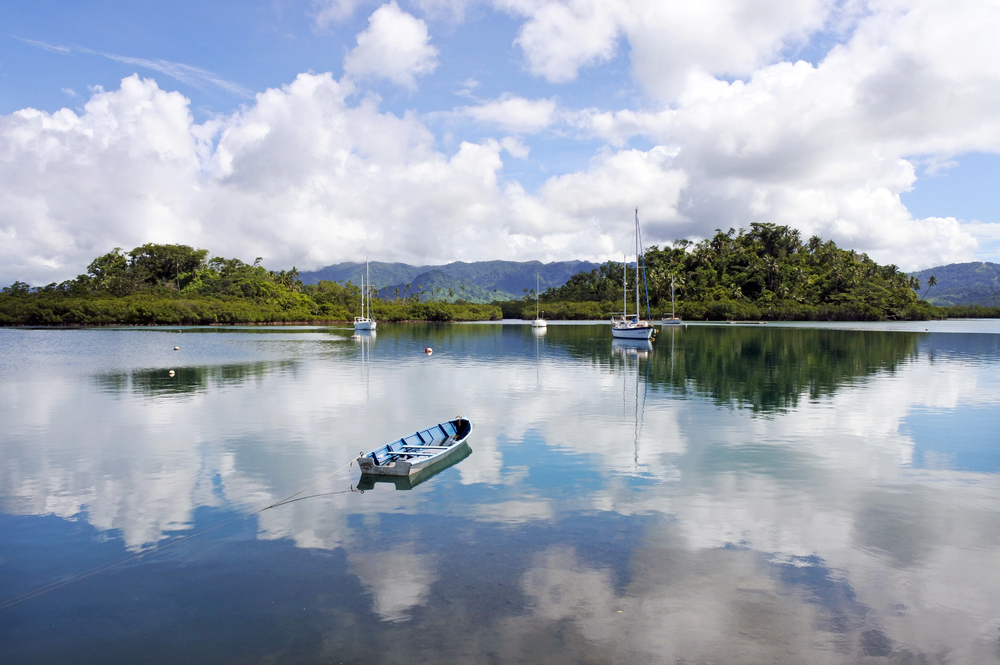
The second-largest island of Fiji is a model of sustainable agriculture with its organic spice farms and traditional kava plantations. Modern science, combined with traditional knowledge passed down through generations, manages the marine protected areas.
Local communities invite visitors into their homes through a network of certified homestays that support conservation.
Niue
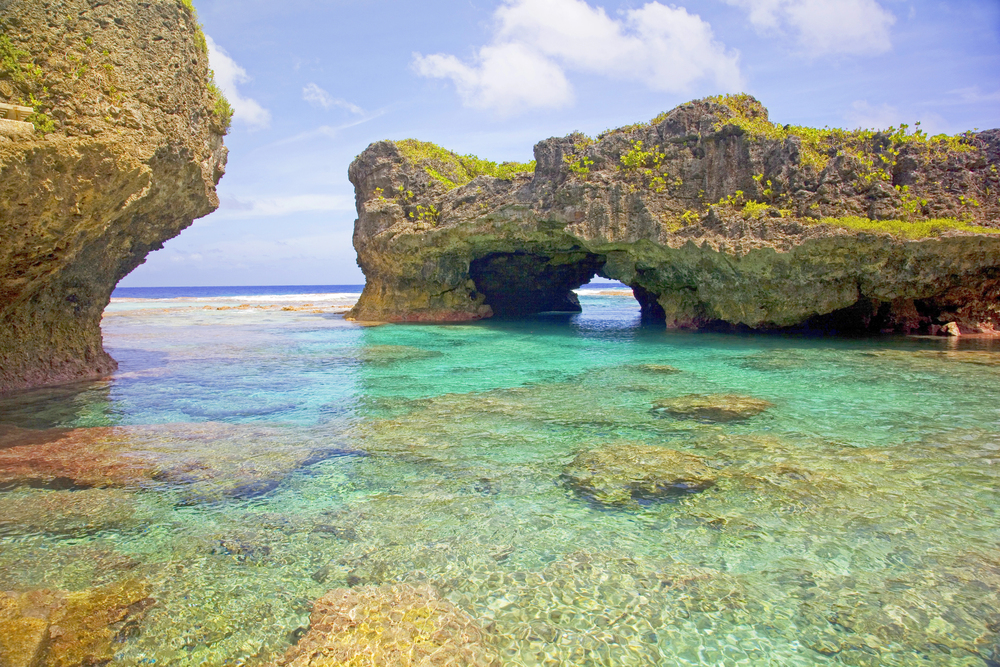
This raised coral atoll has transformed itself into a leader in sustainable tourism through innovative conservation programs. The island’s ‘Niue Ocean Wide’ project involves visitors in whale research and coral monitoring activities.
Traditional fishing practices are maintained through strict local regulations that ensure the preservation of marine resources.
Like Travel Pug’s content? Follow us on MSN.
Atiu, Cook Islands
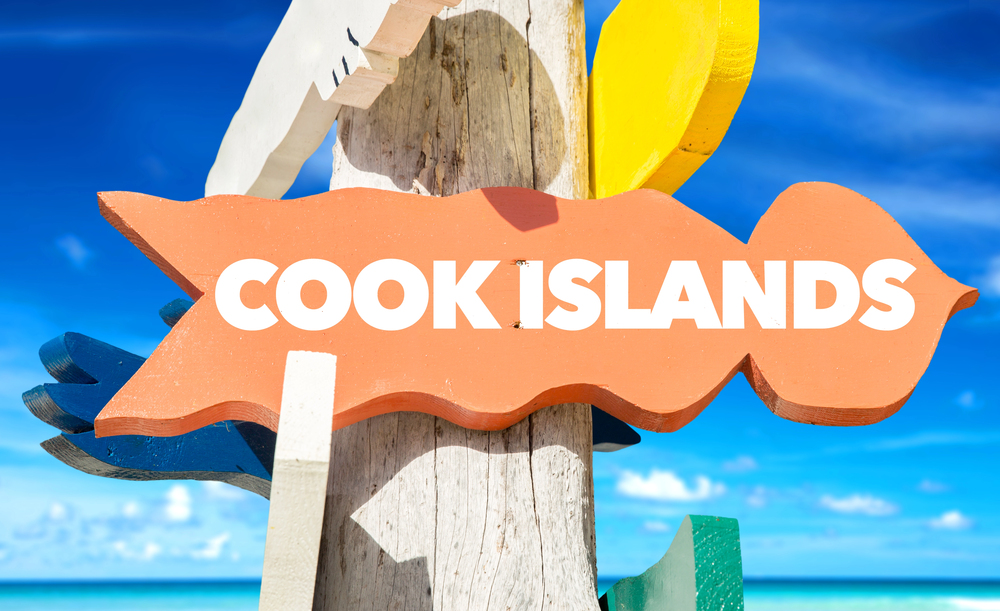
With its coffee plantations and limestone caves, Atiu follows a very strong traditional way of managing the resources on its island. Community-managed conservation has helped its bird sanctuary protect various endangered species of birds.
The visitors on the island stay in eco-lodges built with traditional building techniques and run by solar energy.
Huahine, French Polynesia
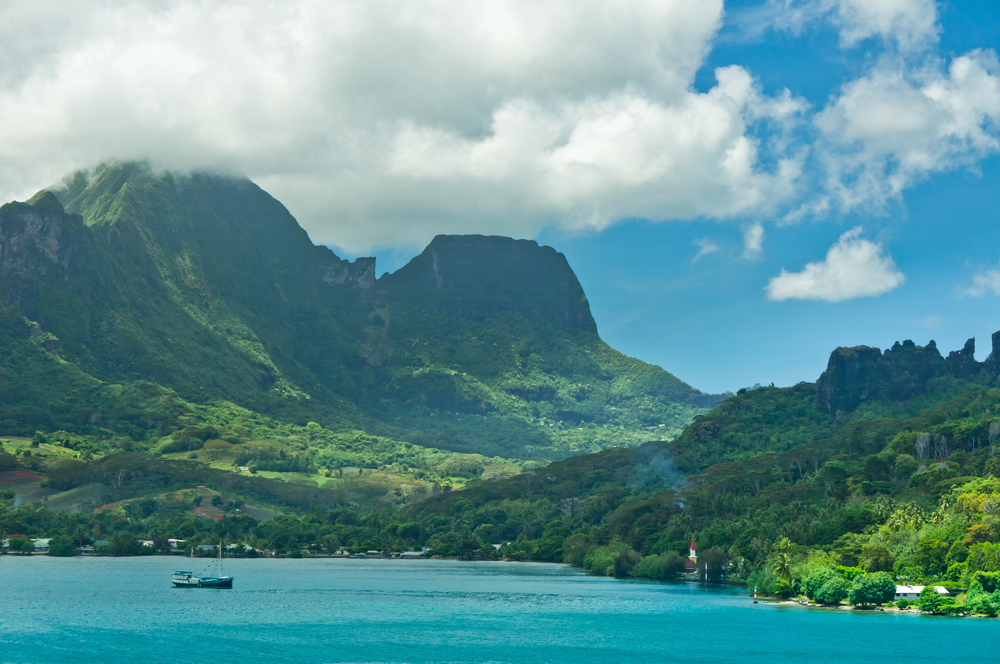
Often referred to as the ‘Garden of Eden,’ Huahine maintains glimpses of old Polynesia with its complex of traditional taro fields. The island’s archaeological sites are protected through a judicious combination of modern conservation techniques and traditional taboos.
Local guides share stories of ancient Polynesian navigation while leading tours to sacred marae sites.
Satawal, Micronesia
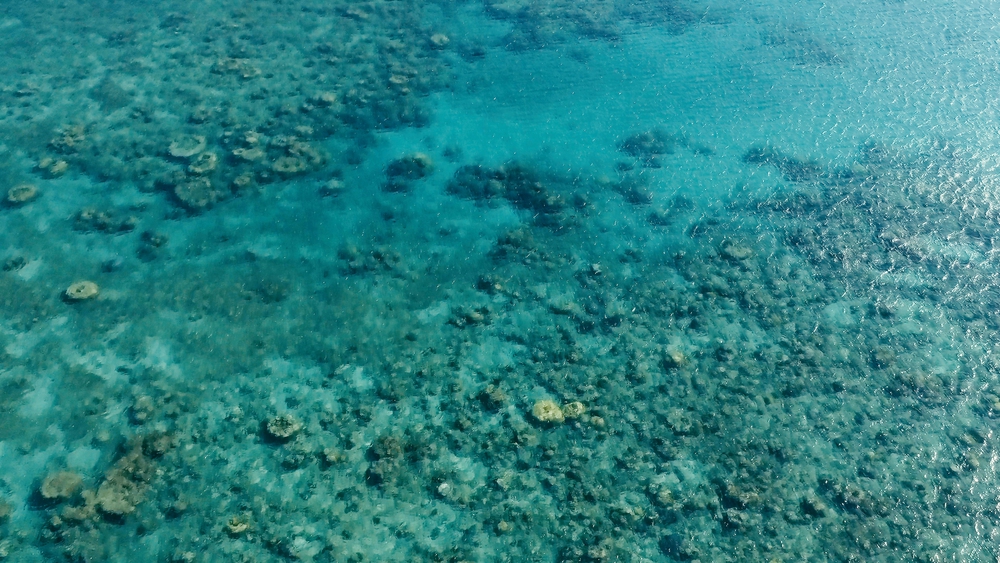
This small coral island retains traditions of ancient navigation while opening itself to sustainable tourism. A traditional sailing school teaches non-instrumental navigation to visitors and locals alike, while local families share knowledge regarding methods of sustainable fishing and the prediction of weather patterns passed down through generations.
Like Travel Pug’s content? Follow us on MSN.
Aunu’u, American Samoa
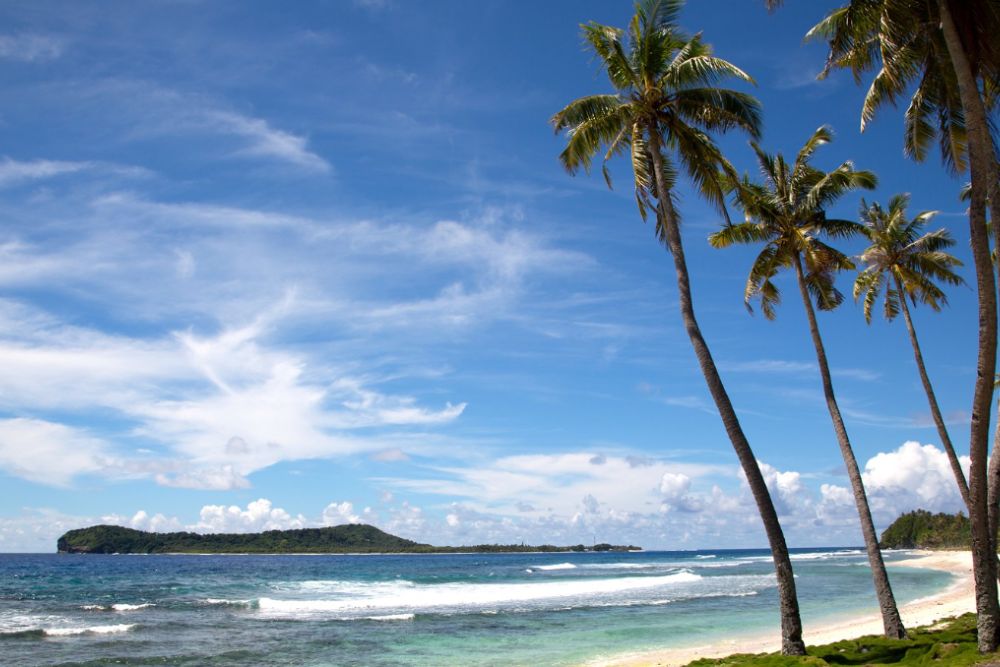
This tiny volcanic island serves as a model of how traditional Samoan conservation can point the way for modern-day sustainability. Its marine protected area is managed with scientific monitoring alongside traditional knowledge.
Visitors farm taro and learn about traditional fishing practices as they live with families in traditionally constructed fales.
Creating Sustainable Futures
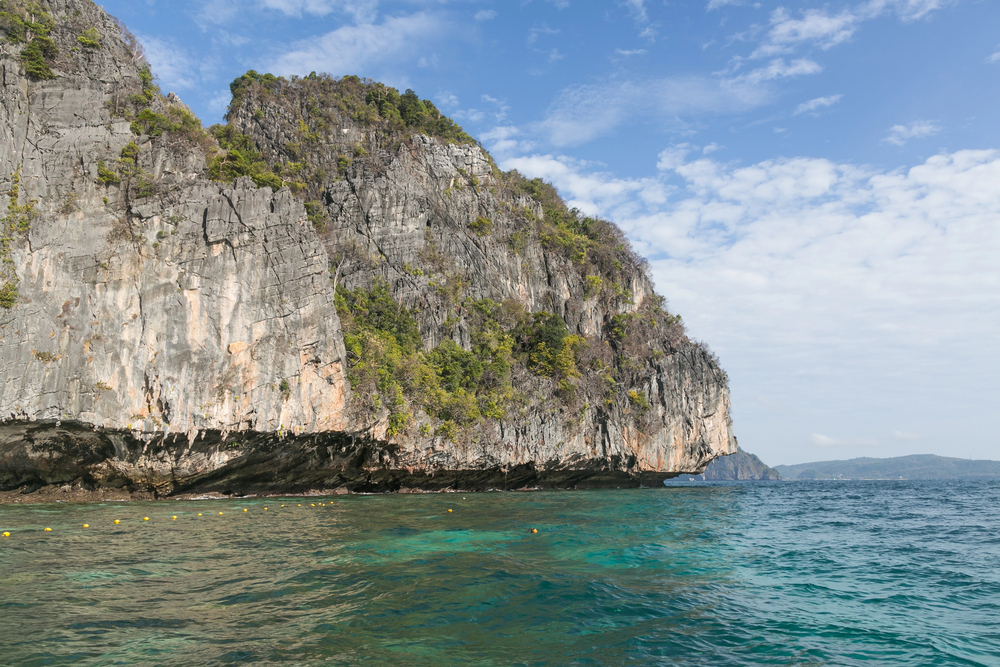
These 15 islands represent just a fraction of the innovative approaches to sustainable tourism emerging across the South Pacific. Through their commitment to preserving both natural resources and cultural heritage, these communities show how tourism can support rather than harm island ecosystems.
Whether you’re interested in marine conservation, traditional agriculture, or cultural preservation, these destinations offer meaningful ways to explore while contributing to local sustainability efforts.
More from Travel Pug

- 15 Dangerous European Cities to Avoid
- 15 Caribbean Islands Where Tourists Keep Getting Scammed
- The 20 Most Fascinating Abandoned Places: A Journey Through Time and Forgotten Spaces
- 15 Hidden Places in the Smithsonian Museums Locals Love: A Guide to Lesser-Known Treasures
- 16 Hidden Florida Beach Towns That Aren’t Overrun with Tourists
Like Travel Pug’s content? Follow us on MSN.
